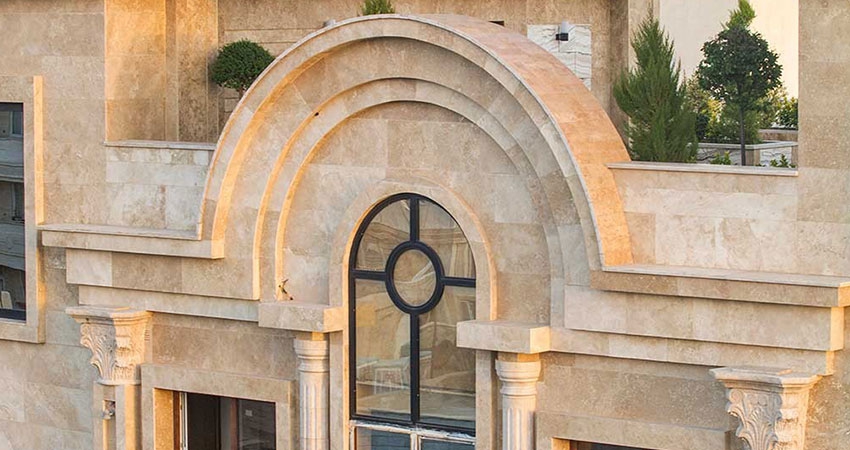
Travertine stone, celebrated for its unique patterns and warm hues, offers a touch of natural elegance to any space. However, its porous nature makes it susceptible to staining and wear if not properly protected. Sealing travertine is a crucial step in preserving its beauty and extending its lifespan. This article explores the best sealers for travertine stone and provides a comprehensive guide on how to effectively seal your travertine surfaces. Whether you’re a homeowner looking to enhance your investment or a professional seeking to deliver quality finishes, understanding the right products and methods for sealing travertine is essential.
Best Sealer for Travertine Stone Selecting the best sealer for travertine depends on the stone’s location, usage, and the desired finish. Travertine sealers can be broadly categorized into two types: penetrating sealers and surface sealers.
Brands like Tuff Duck, Miracle Sealants, and StoneTech offer high-quality sealing products specifically designed for natural stones like travertine. When choosing a sealer, consider factors such as UV resistance, breathability, and the specific resistance needed against water, oil, and other potential stains.
How to Seal Travertine Stone Sealing travertine stone is a process that, when done correctly, can protect your stone for years. Here’s a step-by-step guide:
Frequently Asked Questions
Q: How often should travertine be sealed? Travertine should be sealed every one to two years, depending on its exposure to traffic and elements. High-use or outdoor areas may require more frequent sealing.
Q: Can sealed travertine be used in showers? Yes, sealed travertine can be used in showers. Penetrating sealers are recommended for wet areas to protect the stone from moisture while allowing it to breathe.
Q: Does sealing travertine change its appearance? Penetrating sealers typically do not change the appearance of travertine. Surface sealers may enhance the color and offer a gloss or matte finish, depending on the product.
Conclusion Sealing travertine stone is an essential step in ensuring its longevity and maintaining its natural beauty. By selecting the right sealer and applying it correctly, you can protect your travertine surfaces from stains, wear, and damage. Whether opting for the natural finish provided by penetrating sealers or the enhanced look of surface sealers, the key is to choose a product that meets the specific needs of your space. Regular maintenance, including periodic resealing, will keep your travertine looking its best for years to come, making it a worthwhile investment in the aesthetics and durability of your home or project.
Aida Stone Trading is serving its valued customers with the wholesale sale of building stones, including all types of travertine and marble. cnc production and sales of porcelain stones are also performed in this complex. You, the dear and valuable customers of Emerald Trading, can contact our experts in this center to buy bulk stones and benefit from their free advice.